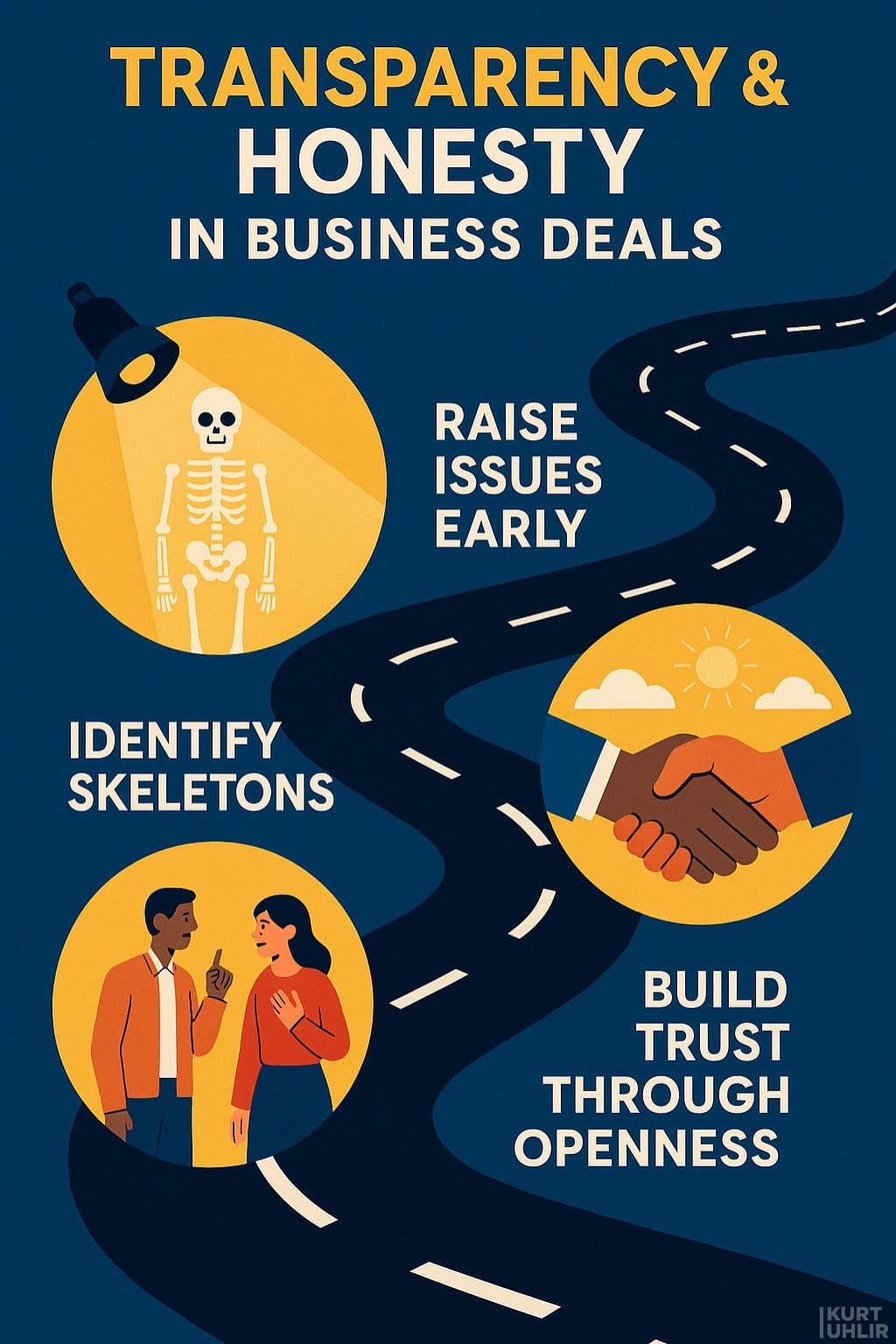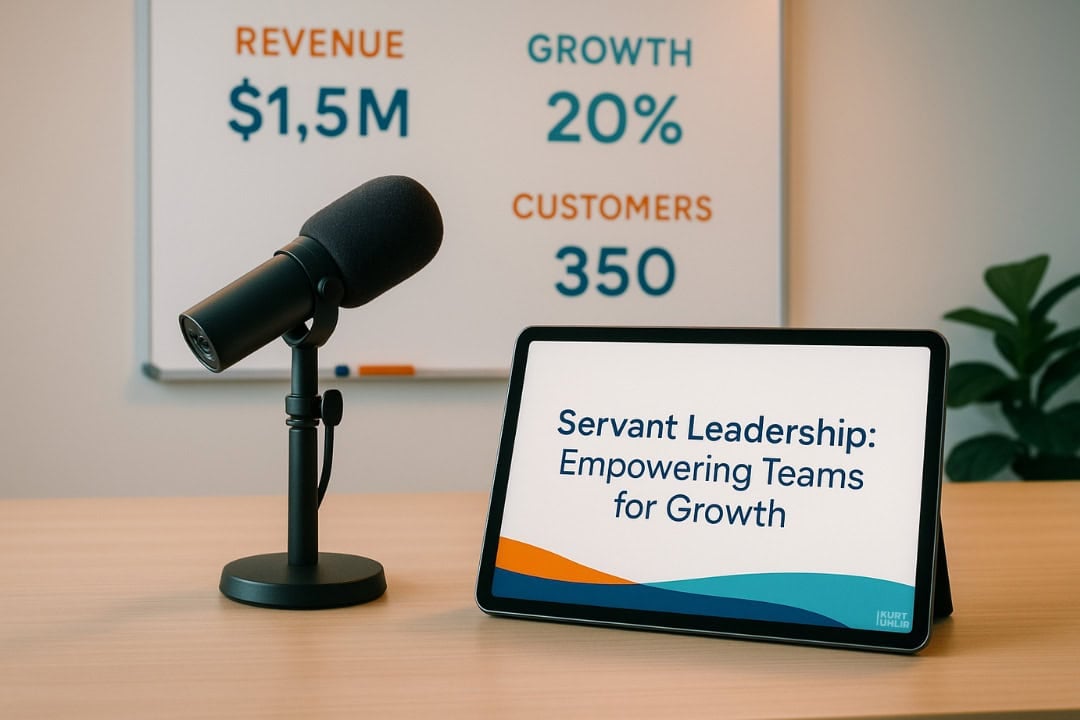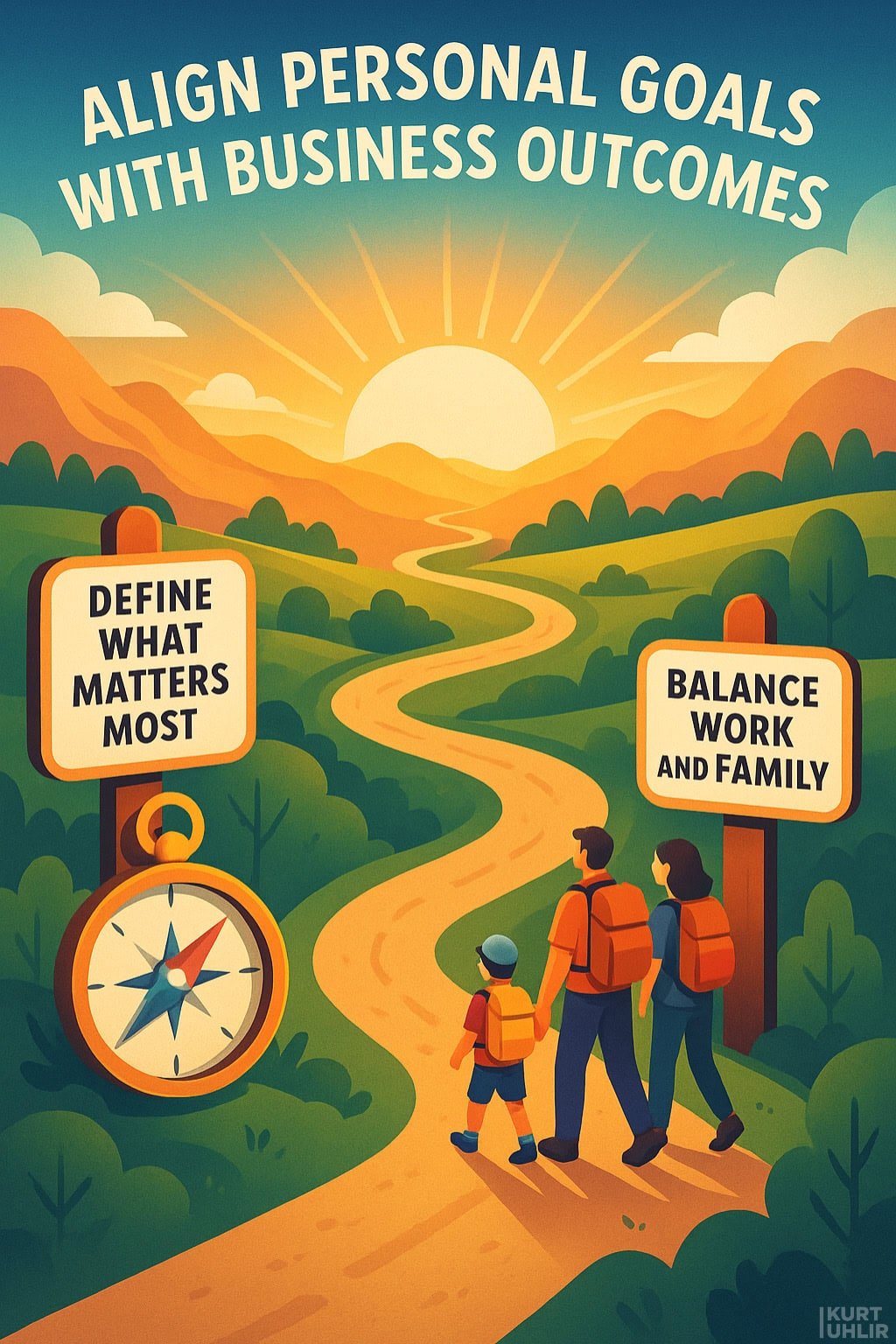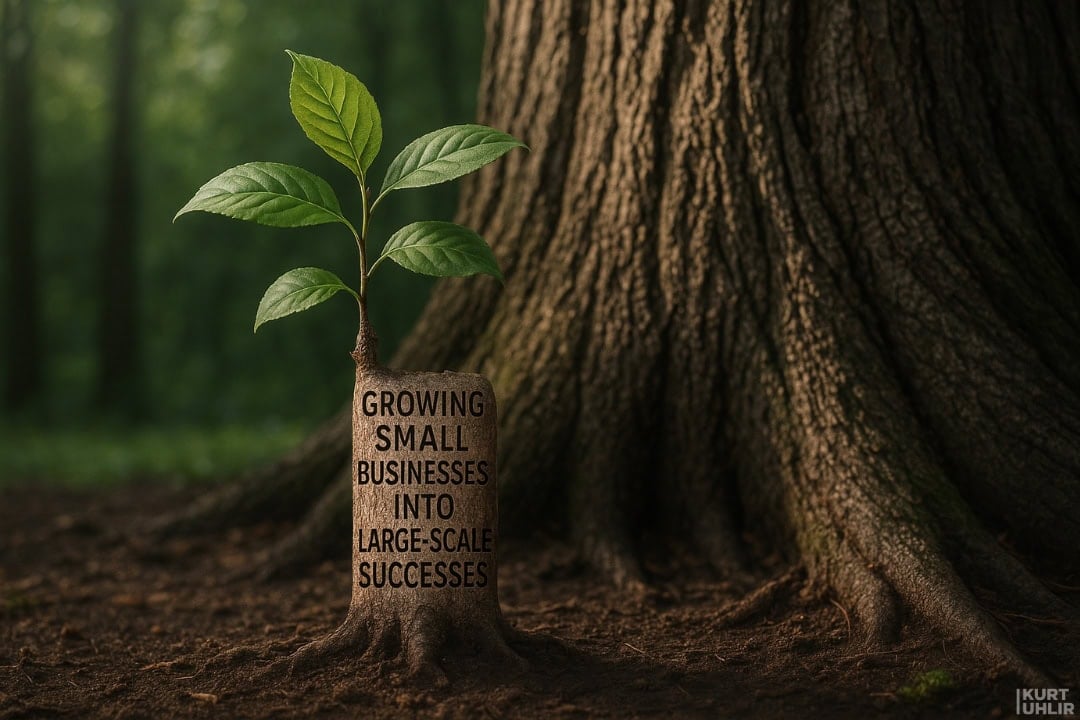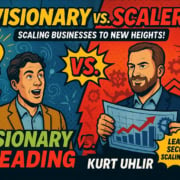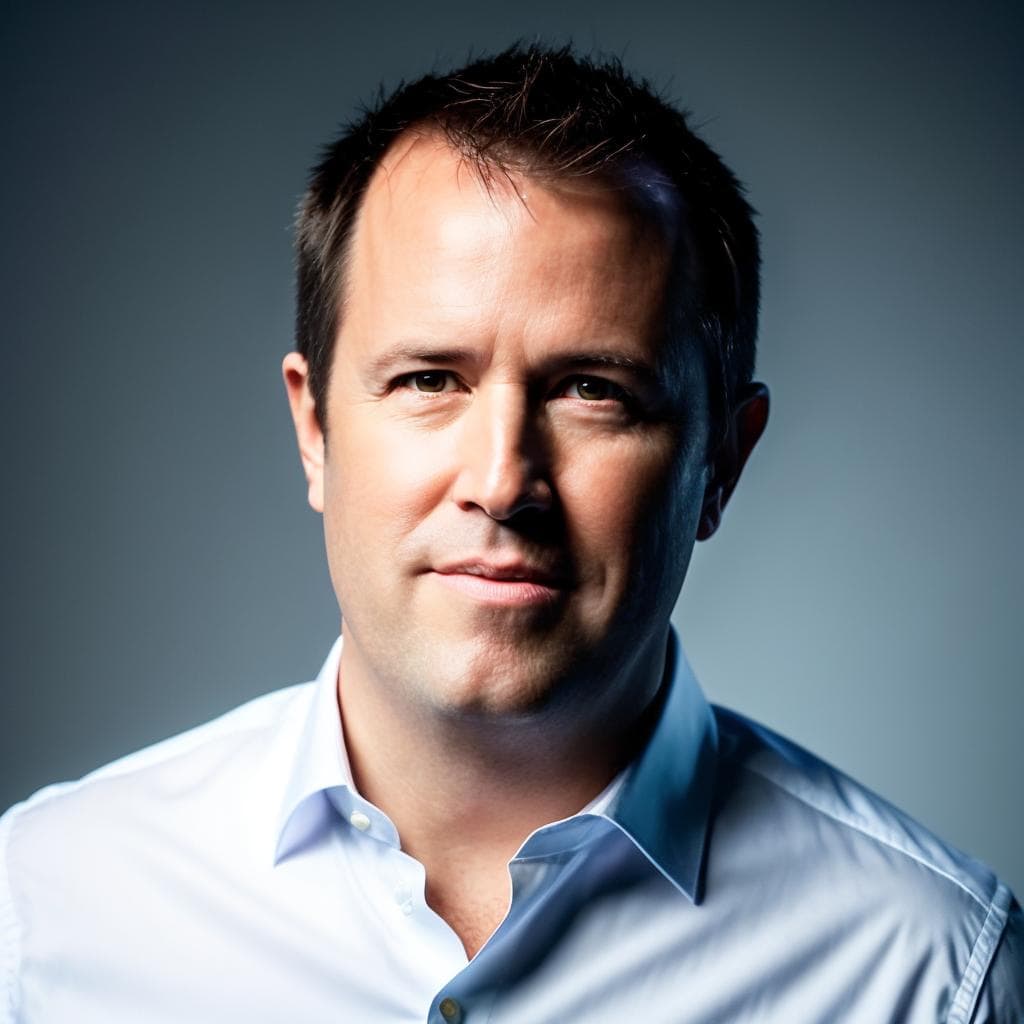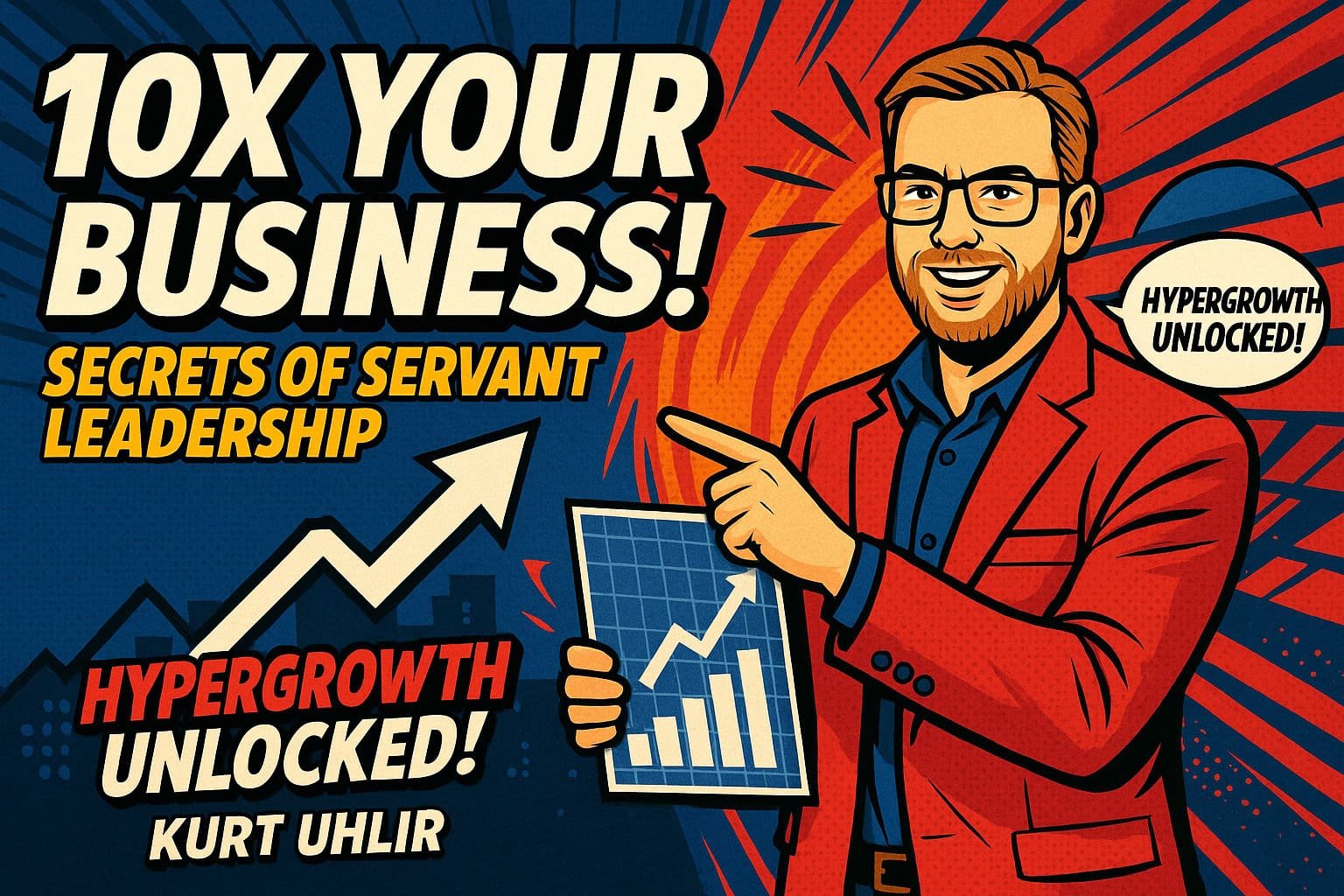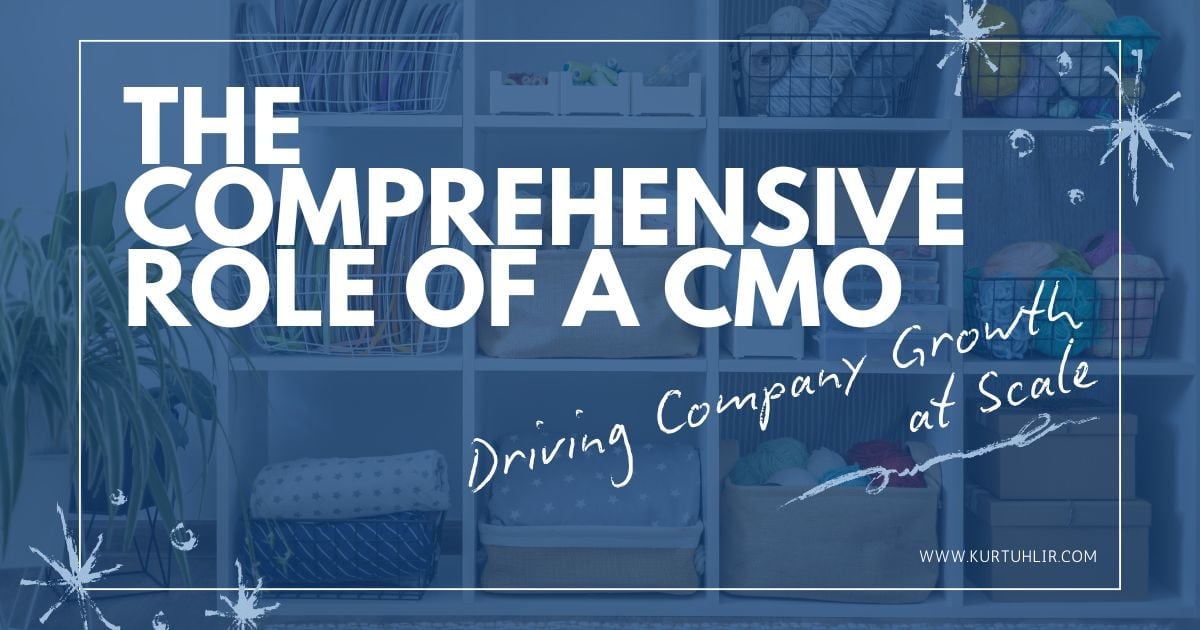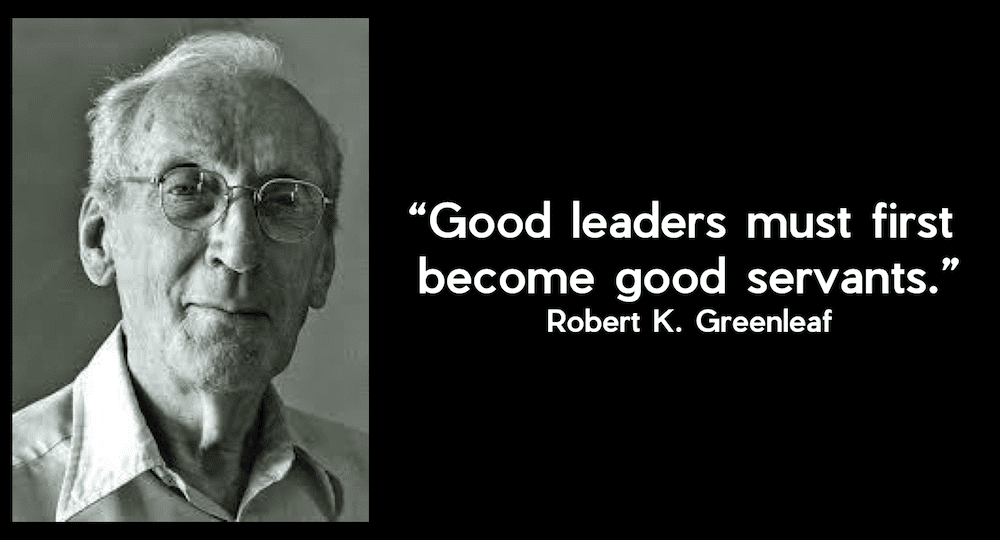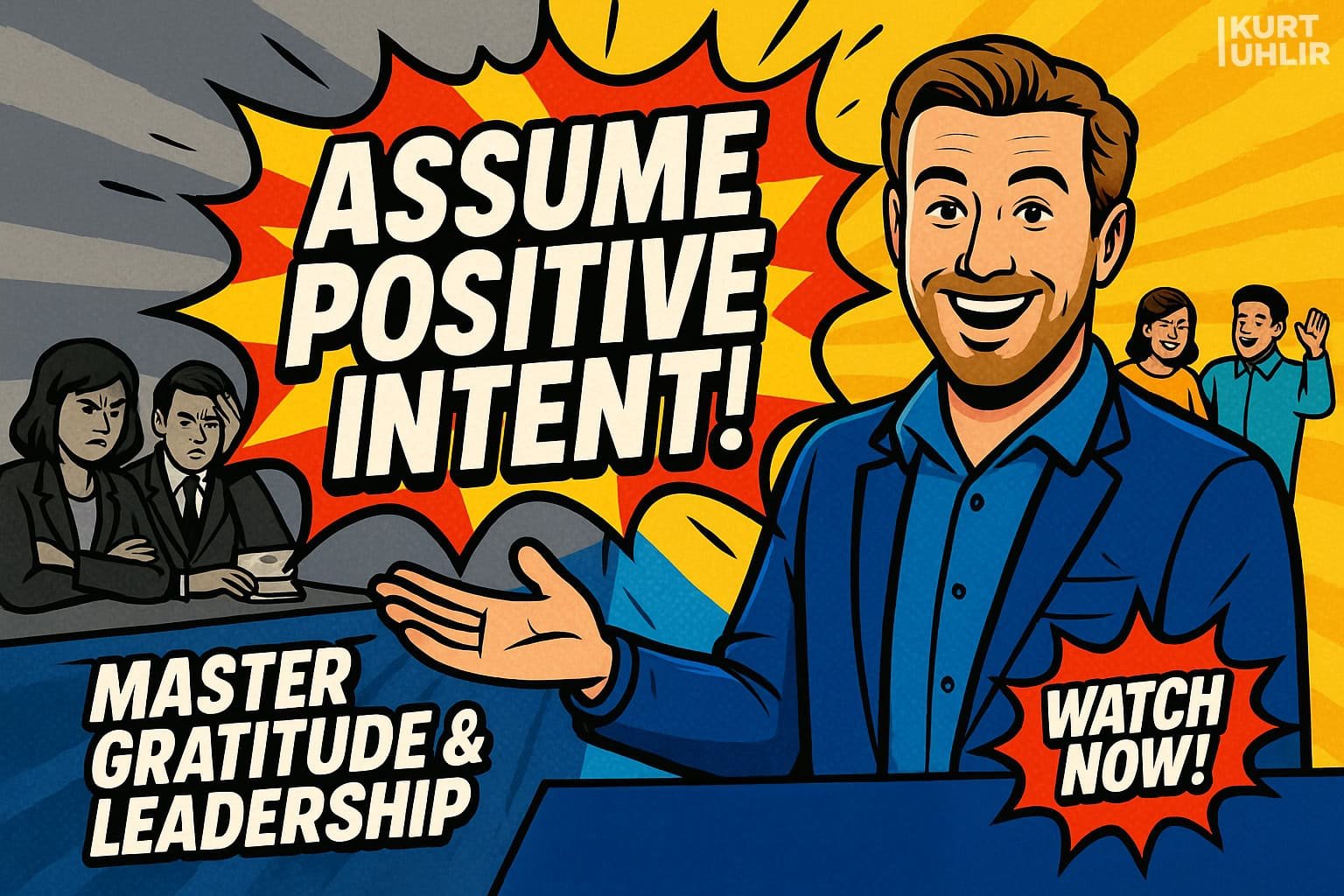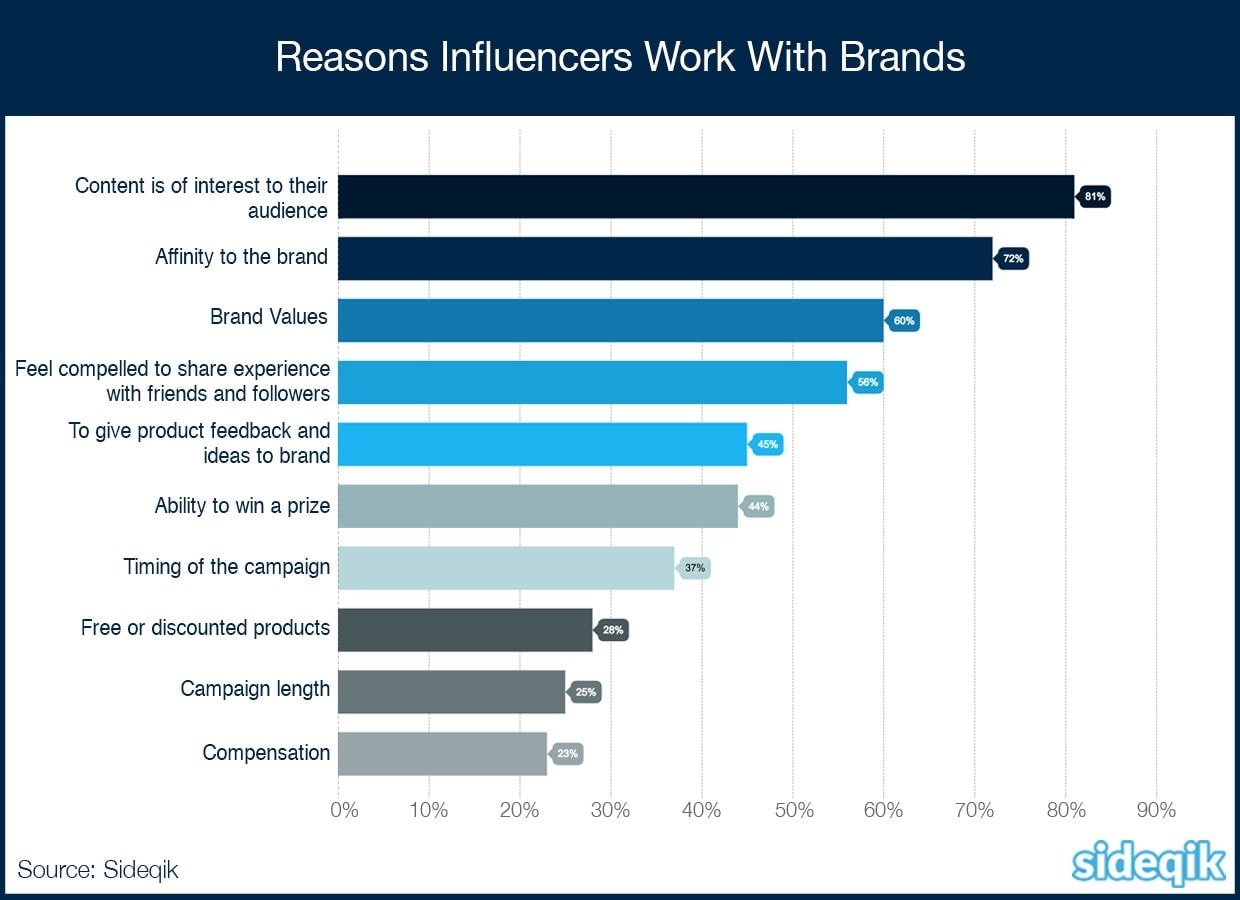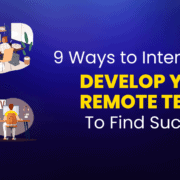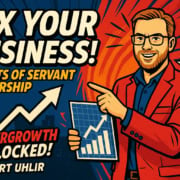Accelerating Business Growth: Insights from Kurt Uhlir & Simon Bedard
When Relentlessness Meets Reality: The Truth Behind Scaling, Selling, and Starting Again
“If you solve problems, people give you money.”
That idea grabbed me before I could spell ‘entrepreneur.’ I was nine or ten, walking out of Bell Labs with math problems solved, a check in hand (thanks to my dad), and the bewildered gratitude of engineers who’d been stuck. The dollar amount hardly mattered—I got to buy anything I wanted that weekend. But more important, I internalized a blunt lesson: if you deliver uncommon value, there’s always a seat at the table.
That instinct—be useful, turn insights into outcomes, and never mistake activity for actual momentum—became a north star.
It’s also what drew me into an episode of the Buy, Grow, Sell podcast we recorded a while back. Simon Bedard, the host, is a founder and advisor who’s walked the entire business lifecycle, from scaling exits to guiding founders through deals. His audience, like mine, understands how ruthless and rewarding this journey can be.
What I loved about the conversation with Simon is that he runs a large company solely focused on helping companies both prepare for their exit and walking them through the best possible exit possible. Does that mean the highest valuation? Sometimes but not always. Simon’s stories and insights shared as we talk made this feel much more like a fireside chat than an interview.
What follows is my walk-through of the conversation Simon and I shared. We zeroed in on what’s true—not just what’s trending—about building, buying, and selling businesses today.
If at any point, a question or challenge comes to mind, drop it below. I read—and value—every thoughtful reply.
About Simon Bedard and Buy, Grow, Sell
What I loved about our conversation is that Simon isn’t just a podcast host—he’s the founder of Exit Advisory Group and a hands-on dealmaker with real pattern recognition. He’s guided founders through growth, scale, and exits, and knows firsthand what breaks and what endures across that journey to a successful exit. Does that mean the highest valuation? Sometimes but not always. Simon’s stories and insights shared as we talk made this feel much more like a fireside chat than an interview. Buy, Grow, Sell exists to surface unvarnished stories and practical wisdom from those who’ve lived it – and Simon has lived it too.
Join the 17,000+ people who have already watched our interview on YouTube, with many more tuning in via Spotify and Apple Podcasts.
If this conversation sparks something for you—questions, pushback, or agreement—I’d love to hear your thoughts in the comments below. I read every one.
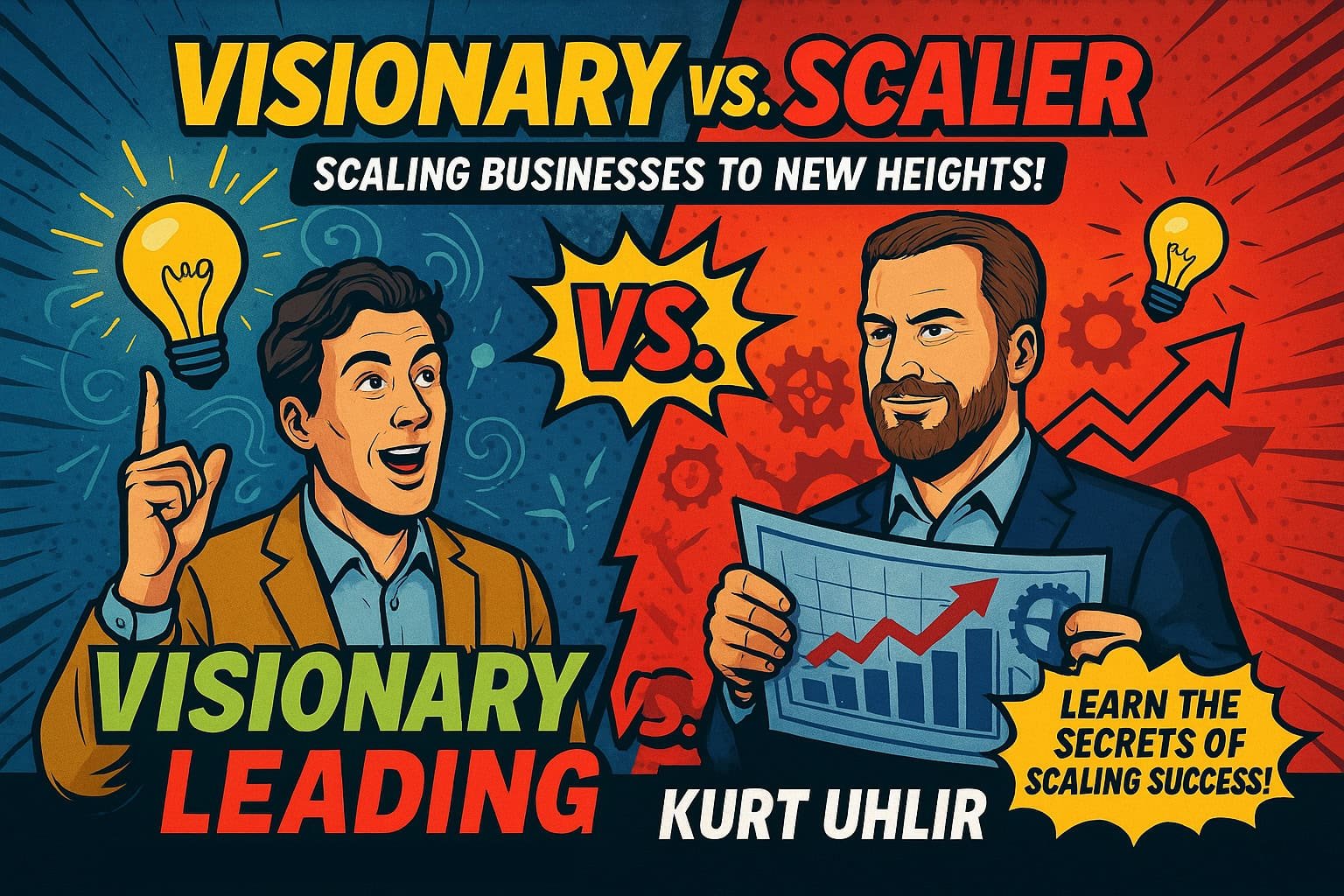
Scaling Is Not for Everyone—and That’s a Good Thing
I never bought into the myth that all entrepreneurs are created equal, or that everyone is cut out for zero-to-one heroics. In fact, most of the legendary business builders I know—the ones who actually ship, scale, and sell—figured out early on what they’re truly built for. But most of us, myself included, only learn that after doing it the hard way.
Simon pressed me about my own early start:
“You’re not old enough to drink, not old enough to drive, but you’re old enough to have a company, employ people, and pay taxes,” he marveled. Truth is, by fourteen, I’d already formed two LLCs, not because I had a grand plan, but because the IRS was going to get their share as my teenage friends worked for me.
My first real taste of real business revenue came from flipping the skills I had—websites, sales, and the hustle to land clients in my college town.
Did I love every minute? No. I learned as much by falling into models that didn’t fit me as I did by leaning into my real edge. “If you were starting again, do you have a view on buy versus build?” Simon asked.
My honest answer: “It depends who you are. If I could go back, I’d tell myself: Don’t start the startup just because it’s fashionable. I was a scaler, not a ‘start from nothing’ founder. My best wins came when I took something with traction and blew it up, not when I was chasing product–market fit out of thin air. But it took pain and mentors to see that.”
Reggie Bradford, a mentor who’s since passed, told me straight: “Zero to one is a particular hell for people wired like you. Give yourself permission to play to your strengths.” Pride kept me grinding when what I needed was a different game.
Simon’s seen this same pattern in founders who grind to $5 million in revenue, then slam straight into a ceiling. “They just didn’t know how to push through to that next level,” he observed, “and sometimes it takes humility to admit: the business needs another driver.”
Humility isn’t a buzzword here. It’s operational risk management.
The right leader at the wrong stage will burn not only themselves, but everyone around them.
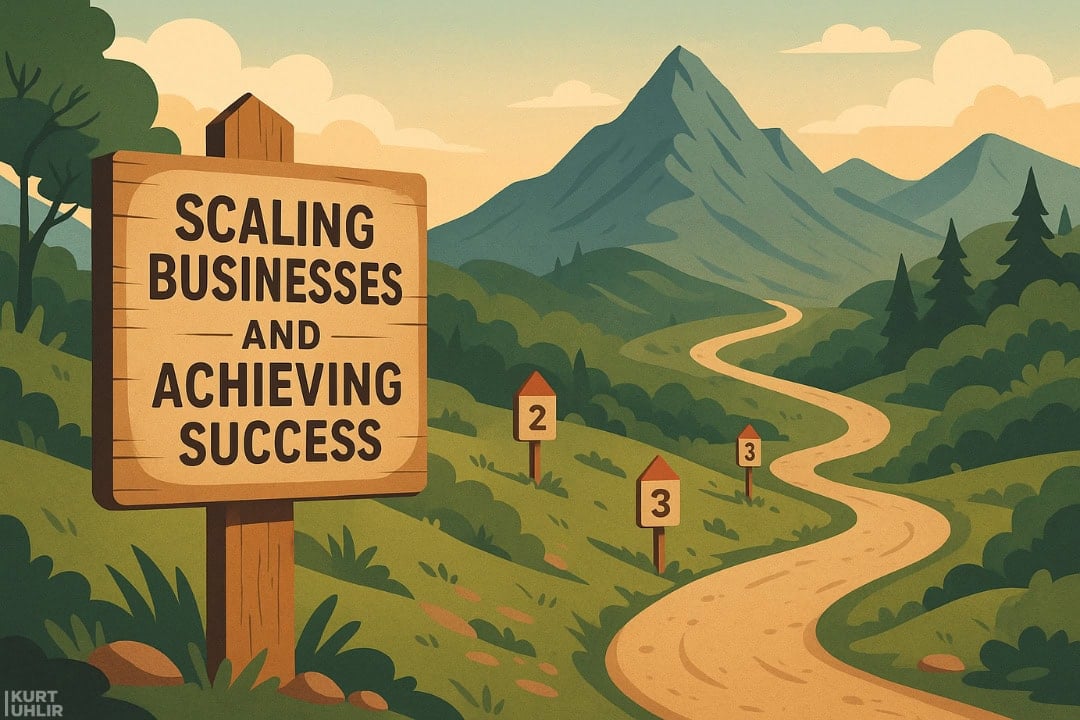
Allocation of Your Only Real Asset: Time
The resource that has the highest compound interest isn’t capital—it’s hours well spent.
I know too many operators who meticulously steward donations or investments, but never turn that rigor inward to their time.
Simon’s approach to business with his own sons (a power-washing business at fourteen and sixteen) drew out a fundamental truth: allocation of resources, especially people, is the heart of leverage. “If you solve a problem, you get paid,” Simon told his boys, but he was also teaching them: you need to solve the right problems, at the right time, with the right help—and you can’t do it all alone.
Early in my journey, the temptation was to say yes to everything, to build every system myself. But a mentor forced me to confront an uncomfortable truth:
“Your money and your time aren’t equal inputs. A $100,000 check can do good, but your unique skills, invested in the right place, can have an exponential impact.”
My wife and I still struggle to balance how, where, and for whom we invest our time. But the gut-check question persists: Should you learn a new skill just because you can, or focus on compounding what you’re already built to excel at? Should you dig ditches just because there’s need, or will amplifying your differentiated skills serve more people in the long run?
Most entrepreneurs don’t wrestle with this systematically. Is that you? Don’t worry, I work much more now with executives at larger companies, and most have not figured it out either, so you’re not alone.
They default to filling every gap themselves until they’re exhausted, then wonder why there’s nothing left for the oppportunity that actually matters.
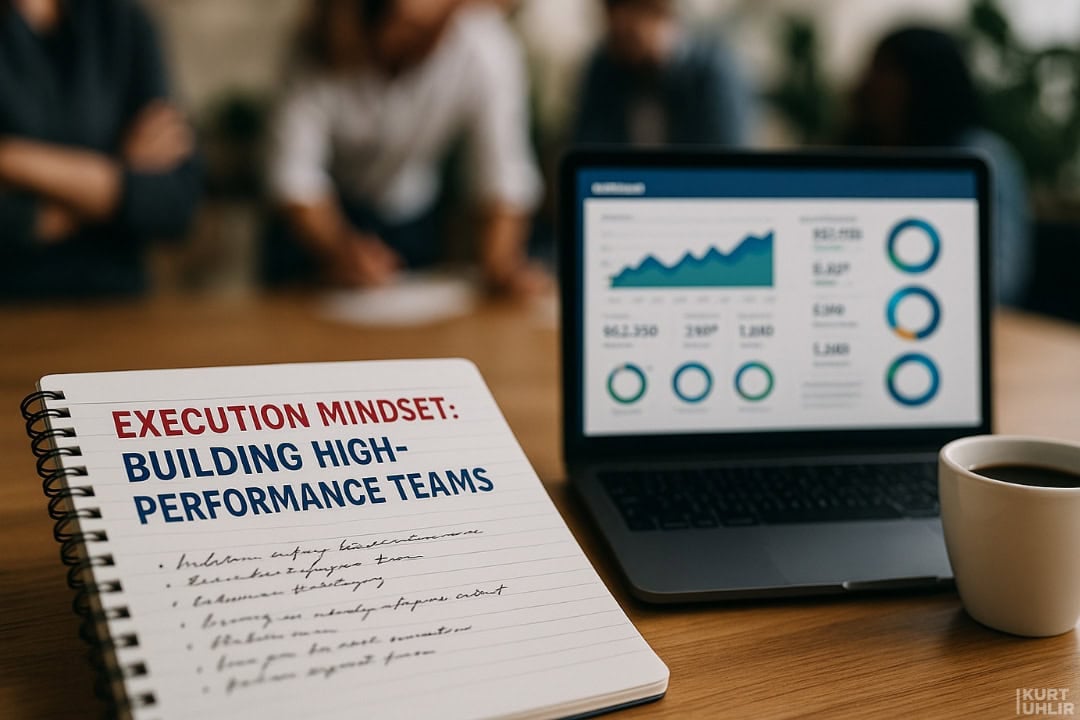
Scaling Beyond Yourself Requires a Different Kind of Mindset
Simon asked a crucial question that every founder eventually confronts:
“When you look at companies that scale from $10 million to $100 million and beyond—are there critical ingredients that make that possible?”
I’ve walked that chasm more than once, and pattern recognition tells me it’s less about credentials, and more about how people think.
- You don’t need a pedigree in business, but you do need systems-level thinking—often the kind that’s honed in fields like software, applied math, or law.
- At the inflection point where growth plateaus, you need at least one senior leader with the capacity to debug systems and see around corners.
- Some teams mistake action for momentum. The ones who win are those who relentlessly prioritize and address uncomfortable truths before they become lethal.
As I put it, “I’m not creative because I invent. I’m creative because I steal good ideas and execute them better.” The magic is in operationalizing: turning potential into process, and process into outcomes people can see.
What’s the throughline in high-performance teams? Simon’s phrase stuck with me: curiosity of mind plus bias toward action. “You want people who don’t just wonder, but also do something about it.” I push every team I work with to embody this, both in who we hire and how we communicate.
There’s another, often missing piece: healthy conflict.
I hire—and run with—people who will raise problems when they’re small, challenge decisions while they’re still reversible, and have tough conversations outside of a crisis. I’d rather have friction up front than fatal misalignment down the line.
Leadership isn’t forcing consensus or papering over pain points.
It’s creating an environment where “pre-fights” happen early, out of care for the mission, not ego.
I’ve gotten this wrong more than once (for example, letting unresolved issues with a peer fester until they soured the culture). But the alternative—an organization allergic to conflict—never scales past mediocrity.
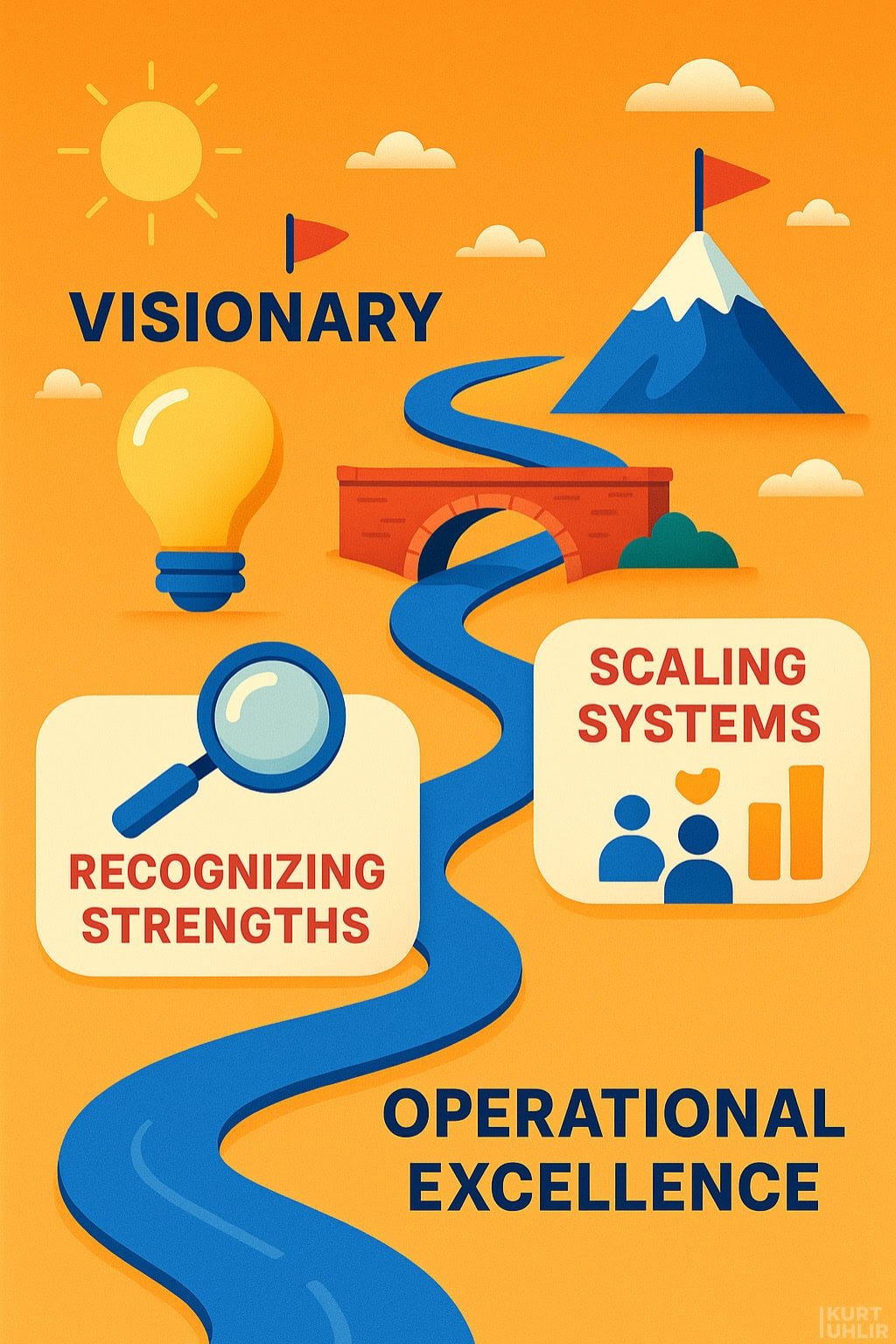
Growth by Acquisition: What Actually Matters
One misconception I see everywhere, especially now, is that growth by acquisition is a playground for big players and PE firms. That’s just not true anymore.
The triggers for buying—or selling—a company have come downstream: you don’t need a portfolio of billion-dollar assets to make strategic acquisitions.
Simon’s noticed it, too, as have I: post-pandemic, more founders are re-evaluating what they want their lives and companies to deliver. “Is there a better path than just being an employee?” he asked.
There is, and sometimes it looks like bolting together small e-commerce businesses from your living room.
I look at acquisitions through the lens of opportunity and price, but without a clear strategic fit, they don’t matter. In high-scale environments, it’s never just about assets.
- What does this deal let us do in the next twelve months that’s materially different?
- Does it fill a gap in our tech, distribution, or leadership bench that would be 10x harder to build from scratch?
- Will this team integrate—operationally and culturally—so that synergies are realized, not just marketed?
Navteq (later Nokia / HERE Technologies) was a case study for this. We were already the dominant player in spatial and mapping data—acquisitions were about plugging roadmap holes, not padding P&L. Our best win wasn’t just for technology but for the leadership talent that came with it. After we acquired Traffic.com (for $179M), the team ended up running much of our software and API business after integration. In a sense, they “acquired us”—because we intentionally brought in leadership, not just code.
Deals in this space aren’t just big numbers and velocity—they’re about stitching together teams who can win new markets, together.
The microacquisition trend is real, but so is the rigor around: what specifically does this bolt-on make possible that wasn’t possible last quarter?
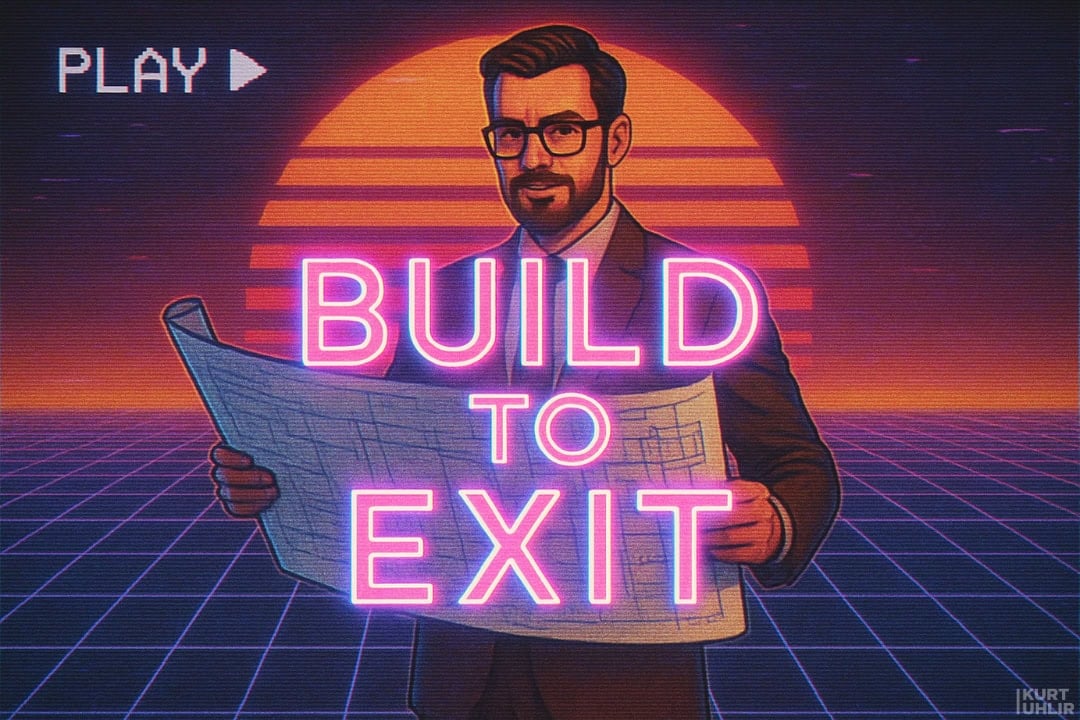
The Art (and Minefield) of Selling Your Company
Here’s a hard truth: Most business owners confuse an offer with an outcome. Until the money has hit your account, and the integration is functioning, you haven’t sold—you’re just in a longer meeting.
Simon pointed this out bluntly: “The work hasn’t started yet once you get an offer. That’s when the hard part begins.” He’s right. Due diligence is where every skeleton comes out, and trust can be made or broken with a single omission.
What tanks deals isn’t always the obvious stuff. Sometimes it’s black-swan events. More often, it’s founders hiding issues—intentionally or otherwise—which then get magnified later on. My best advice for anyone in this arena: surface every vulnerability early.
If you lose a customer, or if there’s a lurking problem in your cap table, bring it up before it surfaces. The price of not doing so is exponentially higher once everyone is emotionally and financially committed.
I had to walk away from a company I was part of after discovering that the technical cofounder had written key code while under an IP assignment elsewhere. He hid it from everyone until after the company had raised $1M from west coast funds, and it was not discovered until years were spent building the company. That meant that the reps and warranties signed to investors at that stage and every stage after were a lie.
That isn’t just a legal headache—it’s an ethical red line. When transparency is missing, you’re gambling not just with money, but reputation.
Simon compared risk blindness to flying: the business owner might not perceive a structural risk because they’ve never crashed, but the buyer, new to the terrain, notices every potential fault line. Dismissing those fears never works—building trust in these high-stakes moments demands humility and repeated communication.
Then there’s the earnout trap. If you think selling means you’re finished, reconsider. In my experience, only around a third of earnouts pay anywhere close to their theoretical maximum. Integration, cultural fit, and consistent leadership post-sale are usually bigger determinants than legal minutiae.
I’ve been on both sides of the earnout heartbreak: seeing founders disengage once the ink is dry, then forfeiting what could have been transformational wealth; or watching acquirers promise the world, only to reorg the acquired company out of relevance.
The throughline, again: the founders who show up, stay aligned, and keep fighting for value—while treating their new partners as collaborators, not adversaries—are the ones whose numbers get realized.
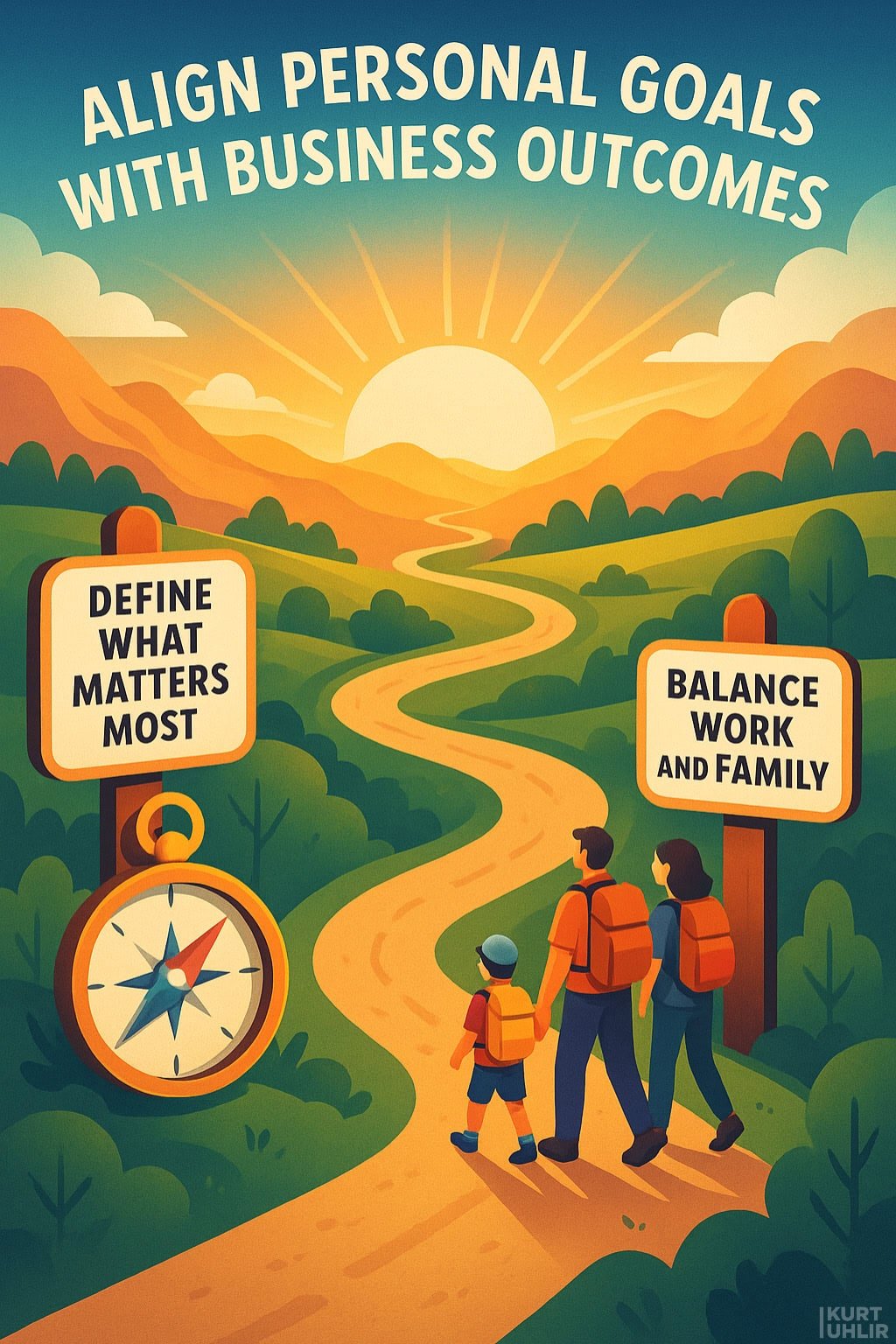
Building for the Life You Actually Want
There’s an unspoken myth that entrepreneurs are born to scale at any cost. I call BS on that. We’re born to live lives worth having, and business should be in service of that—not the other way around.
Simon succinctly captured my philosophy:
“Structure your business to deliver the life you want.”
For me, that means saying no to the prestige of big offices and yes to mornings where I can start work by 5:05am, then take breaks to hang out with my kids, write, or lose myself in the woods.
It means prioritizing opportunities where my unique skills—helping people grow businesses, coaching leadership, architecting for scale—actually move the needle, rather than getting distracted by ego or old storylines.
Sometimes, that looks like buying and bolting together six and seven-figure companies for recurring revenue. Sometimes, it’s saying no to a flashy opportunity because it would pull my time into work that doesn’t align with my deepest values.
The challenge, always, is knowing yourself with brutal honesty. Why are you really doing this? What gap are you trying to fill? And are you equipping yourself with the right mentors, honest dialogue, and outside eyes to call you on your blind spots?
Every founder reaches decision points about what’s next. My top advice for those building for scale—or exit—is to assemble a real advisory board before you actually need one. Get three to five people in your corner who have lived the journey you want, and compensate them meaningfully. They’ll save you from expensive mistakes—and open the right doors at the right moment.
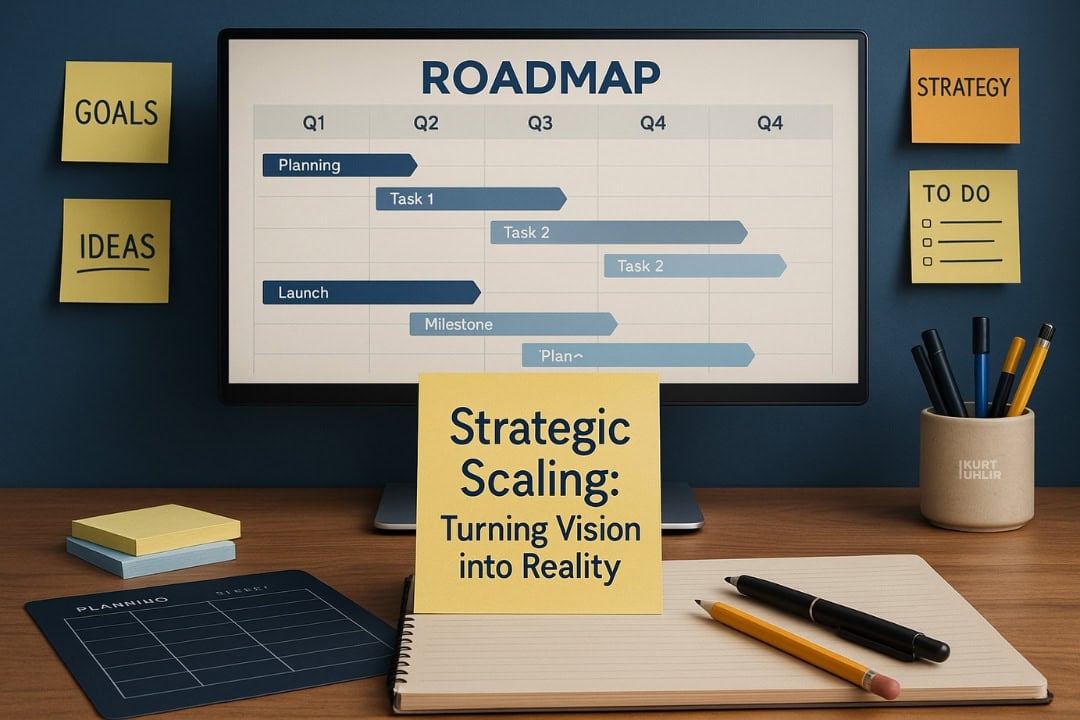
Close the Loop: Long-Term Success Isn’t Accidental
If there’s a single thread running through everything I’ve learned, it’s this: Long-term wins are rarely a function of genius ideas. They’re the outcome of compounding self-awareness, relentless execution, and an honest humility about when to lead, when to step aside, and when to scale with others.
Too many teams still confuse motion with momentum. The businesses that outlast the hype are run by leaders who fight for clarity—and are courageous enough to invite conflict rather than avoid it.
If you’re walking this path, don’t do it alone. Find those who will challenge, support, and sometimes out-hustle you. And whatever you do—build for the life, the team, and the impact you actually want. Otherwise, all you’re left with is motion, not meaning.
If what you’ve read here resonates—or pushes back against your own experience—I want to hear from you. Genuine dialogue is what makes all of us better.
Drop your thoughts below. As always, I’ll read and respond.
Questions to Consider
Here are 10 discussion questions inspired by my conversation with Simon Bedard on the Buy Grow Sell podcast:
- Early Influences: How did your childhood experiences and family environment shape your outlook on business and entrepreneurship?
- Knowing Your Strengths: At what point did you realize you’re a “scaler” rather than a “zero-to-one” founder, and how has that self-awareness changed your approach to new business opportunities?
- Buy vs. Build: For someone looking to become an entrepreneur today, what factors should weigh most heavily in the decision to buy an existing business versus building one from scratch?
- Leadership Capacity: Why is it so critical for founders to have the humility and self-awareness to know when they’re no longer the best person to lead their company to the next level?
- Stewarding Time and Talent: How do you and your family approach the concept of stewarding not just financial resources, but also your skills and time?
- Scaling a Business: What are the “non-negotiable” elements a company needs if it wants to go from $10 million to $100 million in revenue?
- Team DNA: How do you spot and nurture qualities like curiosity, bias toward action, and willingness to engage in healthy conflict within a team, and why do these traits matter so much during periods of fast growth?
- Acquisition Criteria: What are the biggest signals you look for when evaluating an acquisition prospect—beyond simply opportunity and price?
- Deal Failures: In your experience, what are the most common reasons deals fall apart during negotiations or due diligence, and how can founders anticipate or avoid those pitfalls?
- Defining Success: After so many exits, transactions, and leadership experiences, how has your personal definition of success changed, both professionally and in your personal life?
Each of these is grounded in the insights and stories Simon and I explored during our conversation. If you’re leading a team discussion, book club, or just diving deeper into the podcast, these questions should spark some meaningful dialogue.
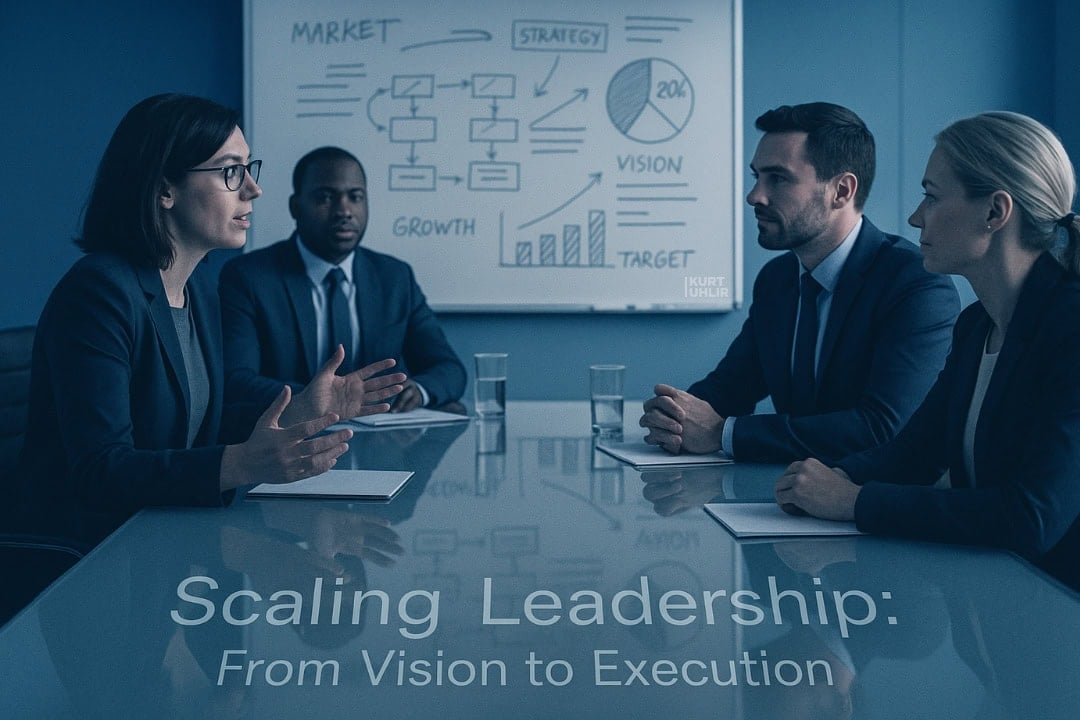
Memorable Simon Bedard Quotes
- “You’re not born to do business. You’re born to live your life. Build your business to fuel the life you want, not the other way around.” – Simon Bedard
- “Have enough emotional intelligence to know your strengths, know your weaknesses, know what you’re good at and what you’re not necessarily good at.” – Simon Bedard
- “It takes a lot of humility to be able to put your hand up and actually say, my business could probably do better in somebody else’s hands or with somebody else at the helm.” – Simon Bedard
- “Sometimes I find that founders don’t understand the perceived risk in their business.” – Simon Bedard
“There is value in getting bored by the way, there’s studies around what happens to your brain when you get bored and how it actually ignites other things and changes the way you think about stuff.” – Simon Bedard
Memorable Kurt Uhlir Quotes
- “If you solve problems, people give you money.” – Kurt Uhlir
- “if you deliver uncommon value, there’s always a seat at the table.” – Kurt Uhlir
- “Humility isn’t a buzzword here. It’s operational risk management.” – Kurt Uhlir
- “We all know that when you bring on a strategic (investor), they’re buying a seat at the table when there’s actually a game to “be played. – Kurt Uhlir
- “I failed so many times most people would crawl under a table and die, but if telling these stories keeps someone else from that pain, it’s worth it.” – Kurt Uhlir
- “Your time is completely different than money. You can always write another $100,000 check. You can’t write another week of your life.” – Kurt Uhlir
- “Most people confuse motion with momentum. What actually moves the needle? Systems, prioritization, and leadership that gets out of the way.” – Kurt Uhlir
- “When running a business, it’s never just about money. You have to steward your time and skills just as deliberately.” – Kurt Uhlir
- “If there’s a problem, I want someone on my team with a bias toward action. I’d rather you make the wrong decision than sit around waiting for permission.” – Kurt Uhlir
- “Healthy conflict is essential. I’d rather someone speak up early and hash things out than sweep problems under the rug and let them fester.” – Kurt Uhlir
- “The best acquisitions I’ve ever done weren’t just about technology. It was about the leadership team we brought in with it.” – Kurt Uhlir
- “A deal’s not done until the money transfers. Everything can change—even after you sign.” – Kurt Uhlir
